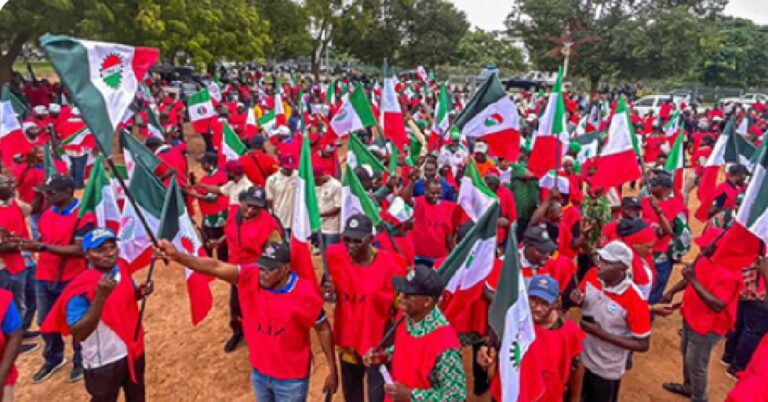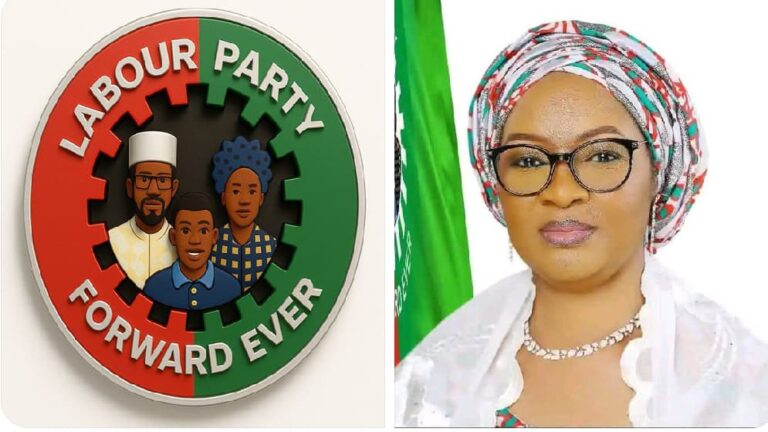
The death of Hezbollah leader Hassan Nasrallah in a recent Israeli airstrike on Beirut has led to significant shifts within the organization. Naim Qassem, Nasrallah’s long-time deputy, has taken on the role of interim leader as Hezbollah deals with a heavy blow to its command structure. This transition is particularly challenging due to the concurrent loss of multiple senior commanders in Israel’s recent targeted strikes, which severely impacted Hezbollah’s leadership ranks and communications network.
Nasrallah’s death has raised concerns about Hezbollah’s ability to recover and reorganize effectively. Known for his oratory skills and leadership, Nasrallah had held Hezbollah together for over three decades, transforming it into a major military and political force in Lebanon and the broader Middle East. Some analysts believe his likely successor, possibly Hashim Safiuddin, would face difficulties stepping into such an influential role and restoring morale and cohesion among Hezbollah’s ranks, which are currently disrupted by the targeted assassinations and ongoing Israeli pressure.
Although Hezbollah has a decentralized structure that might allow it to adapt, the group is expected to require time to rebuild its command capabilities and restore its operational strength. With thousands of missiles still in its arsenal, Hezbollah remains a significant force, yet its immediate capacity for organized retaliation may be limited while it regroups in this critical period.




